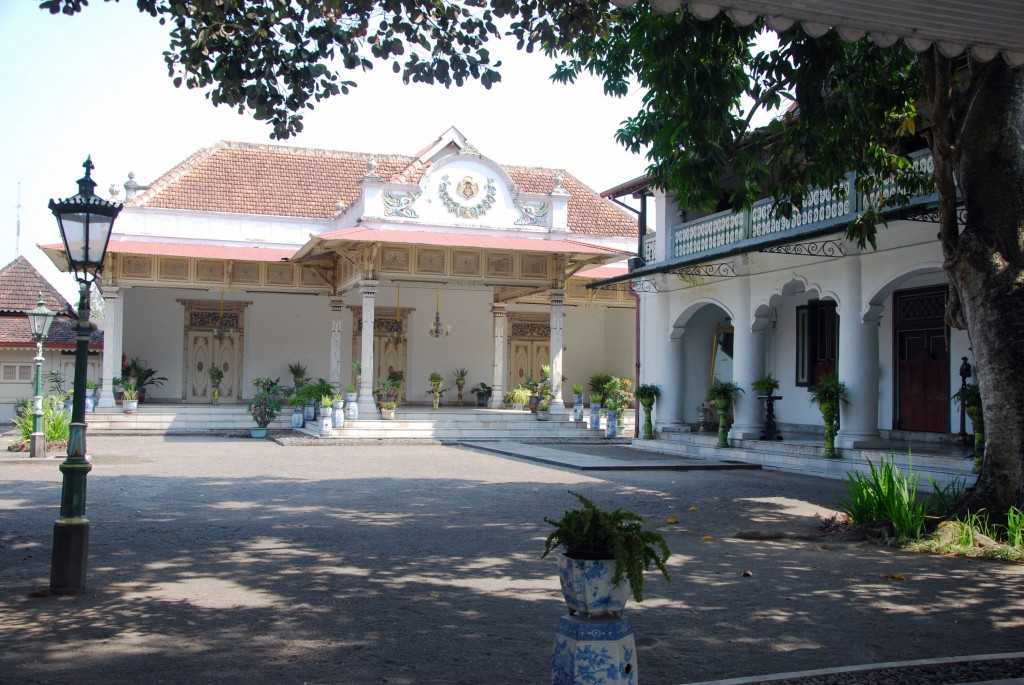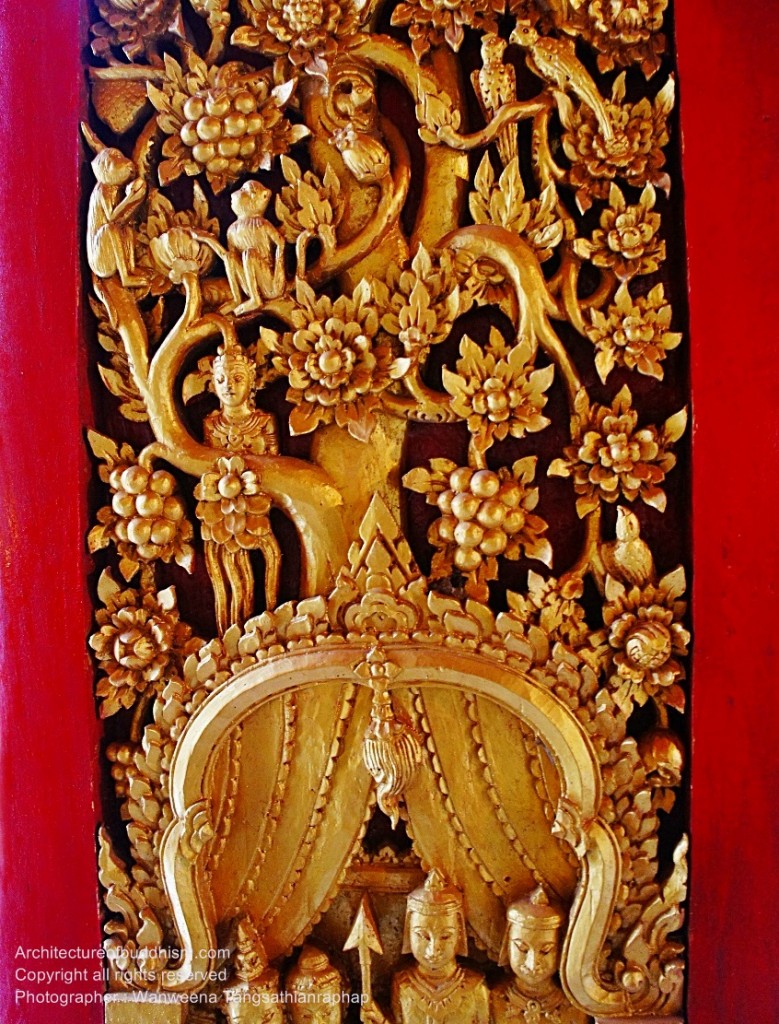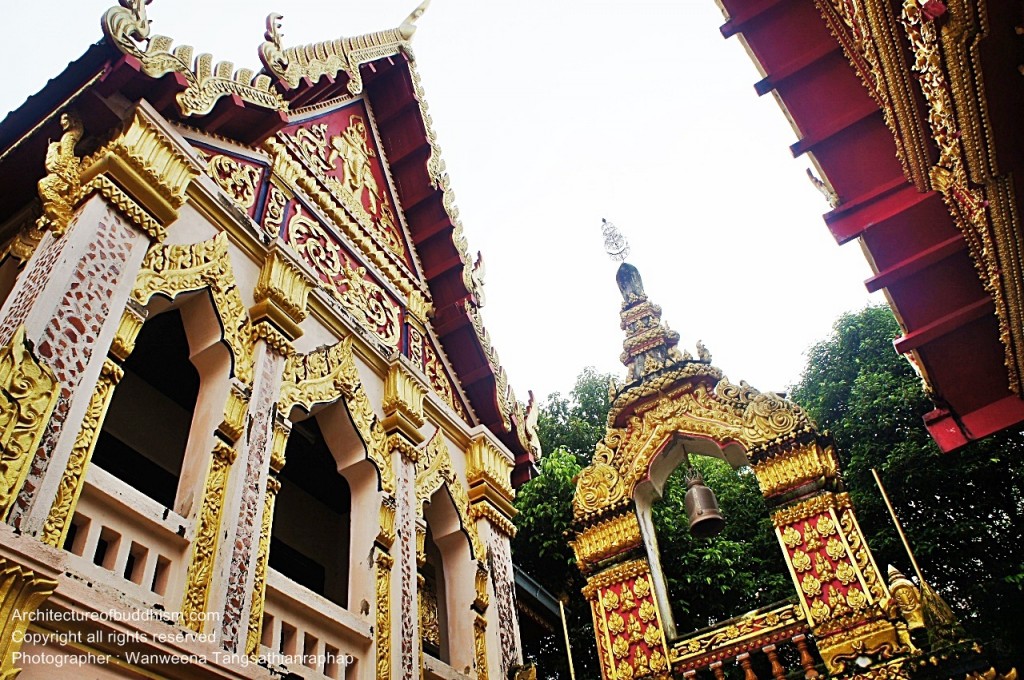The Remote Lands tour company provides exclusive extra information on one of their most popular Indonesia tours: “A Journey into the Heart of Java”…

What are the highlights of this tour, and who is it for?
The main theme of this tour is to help travellers learn about history of Buddhism and Hinduism with their rich history of ceremonies, monuments, temples and arts. This is a favourite tour for those who love historical travel and want to find out about the centuries of Indonesian history before Muslim and Christian religions arrived.
Aside from history and architecture, action highlights include white water rafting and hiking to Merapi Volcano sites.

The tour starts from Yogyakarta: is this the base for day visits?
Not for everything. In order to avoid spending long hours driving, we do 2 nights in Yogyakarta and 3 nights in Borobudur and we visit sites on the drive from Jogja to Borobudur or vice versa.

What should we see and do in Yogyakarta?
In the city we visit the Sultan’s Palace and a Batik processing factory. Close by, Prambanan Temple is a “Must See” with its rich store of Hindu history and beautiful reliefs. Our visits are carefully timed to avoid crowds.


How long does it take to get to the Prambanan Temple Complex and what’s in store there for us?
It takes about 15 minutes to drive from the major hotels’ location. Prambanan is a Hindu Temple which is of course completely different to Borobudur in its architectural concept and history, but good to see both and contrast them.


The tour takes in a sunrise visit to Borobudur: where do we stay to achieve that early start?
There are two resorts that we recommend: Amanjiwo which is 5 stars and Plataran Borobudur which is 4 stars. Both resorts are only 10 minutes drive from the temple.

Can we freely walk around Borobudur, is there a museum, and are there guided tours for those wishing to know about the history and interpretation?
You can freely walk around Borobudur after visiting the monument at sunrise (which is at about 8 am) and at this time the museum is quite quiet. In any case, most of locals and Chinese tourists (who make up the majority of the crowds) don’t visit the museum anyway so it’s rarely too crowded. We have a special knowledgeable tour guide to conduct this Borobudur tour including the museum.
Which of the sites will we visit on the Dieng Plateau?
We visit an active volcano on Dieng Mountain, an easy walk where we park, and also visit a 7th century Hindu Temple nearby. The colourful volcanic lakes are popular for scenic photography.


How are meals arranged during the trip?
To avoid wasting time for lunch or dinner during the tour, we pre-book set lunch or dinner during the touring times. However, we will make sure the food is suitable based on travellers’ personal dietary needs.
What kind of spending money should we take for this kind of tour and what kind of gifts do people bring back?
Silver, Keris (Javanese style of swords), Batik Shirts or Sarong are the most popular. Prices depend on quality: a good quality ones art/craft item could cost between USD 50-100 or even more. But there are plenty of choices for less expensive gifts everywhere you go.
Tour information

The main summary about this Java tour is available on the Remote Lands site here: http://www.remotelands.com/destination/13092201_itinerary_indonesia_A-Journey-Into-the-Heart-of-Java
From $540 per person per day
Remote Lands company/contact detail
Remote Lands – remotelands.com
Contact: New York office on +1 (646) 415 8092. Email – [email protected]
Remote Lands, Inc.
120 East 56th Street, Suite 930, New York,
NY 10022 USA
Phone: +1.646.415.8092
Fax: +1.212.759.7207, +1.877.848.2026
Remote Lands Thailand Office:
Remote Lands (Thailand) Co., Ltd
25/12 Soi Sukhumvit 16, Klong Toey,
Bangkok 10110 Thailand
Phone: +66.2260.7584


































